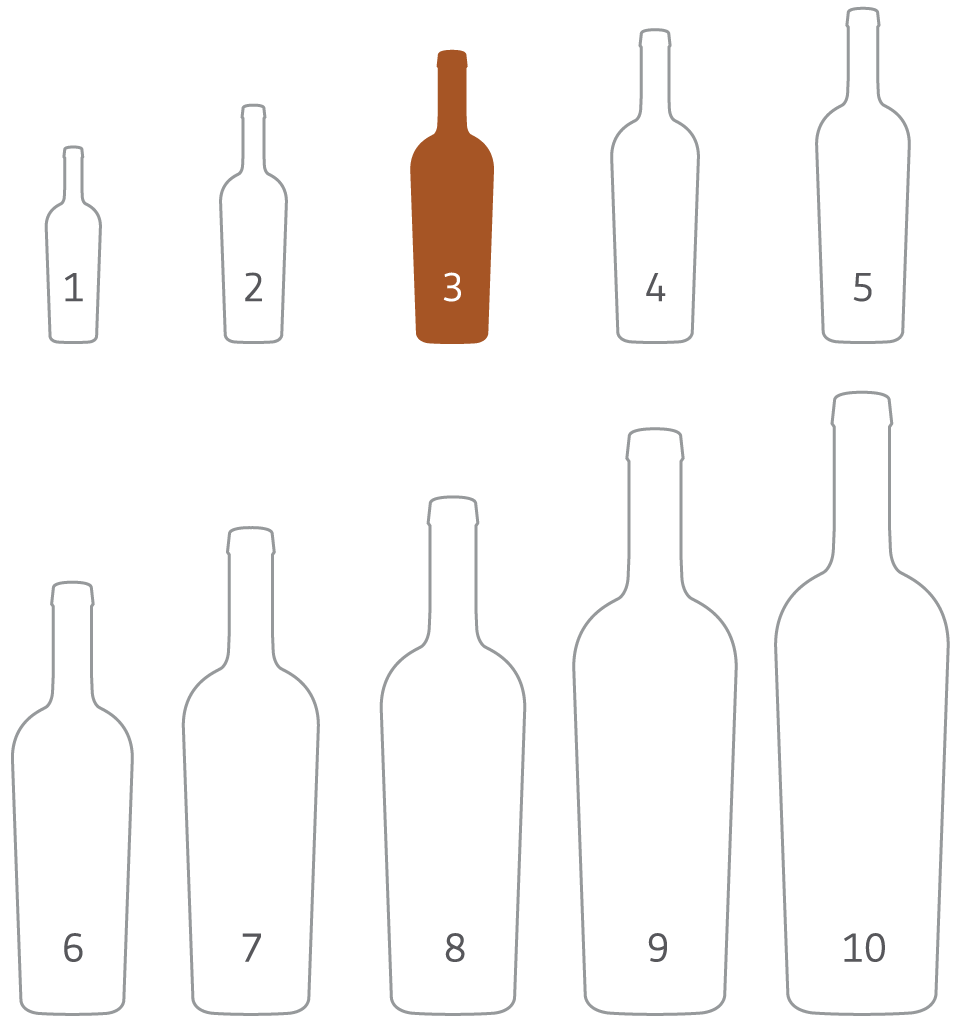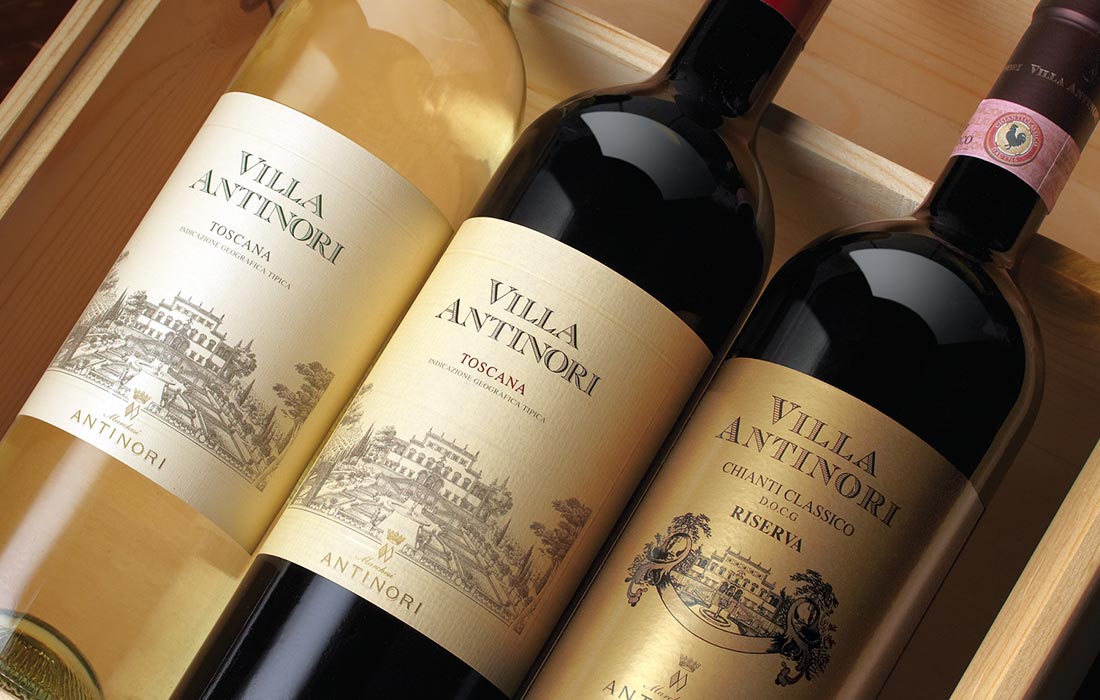Most restaurants have wine lists — in a leather book, printed on card stock, or on an electronic tablet. Here's what you need to know about how wine is offered, portioned and priced.
Wine lists are often divided into sections, which can then be organized in a number of different ways — by style, varietal, origin or winegrower. Wines that are available by the glass or by the bottle may be interspersed throughout the list. Sometimes, an establishment may keep a unique list of "reserve" or special bottles.

Creating a "progressive style" is a way of organizing a wine list that is becoming more common. Here, the list may mirror a tasting order, such as starting with lighter intensity, sweet and slightly-sweet wines, then progresses to off-dry, delicate wines, followed by drier whites with more intensity. Progressive wine lists make it easier for customers to select a wine based on their preferences.

Once you understand how a restaurant’s wine list is organized, you need to understand how to read the individual wine listings. There are a number of ways they can be arranged, but they should follow one of these naming conventions:
How many glasses of wine can you pour per bottle? A standard 750-milliliter wine bottle holds 25.4 ounces of wine. That means you can pour this many glasses from a standard bottle:
Restaurant pours may vary. Ask your manager if you are unsure.

Wine bottles come in a variety of sizes — some are more common than others.
Wines by the glass are typically priced at the wholesale bottle cost. So a restaurant may charge $12 for a glass from a bottle that costs them $12. (Assuming 4 glasses per bottle, this equals a "cost of goods" of 25%.)

Typically, restaurants charge about 3 times wholesale cost for a bottle of wine. So a bottle that costs $25 wholesale will be offered at about $75. (This equals a "cost of goods" of 33%.)
Restaurants should try to achieve an average total wine cost of about 28–30% of total wine sales.